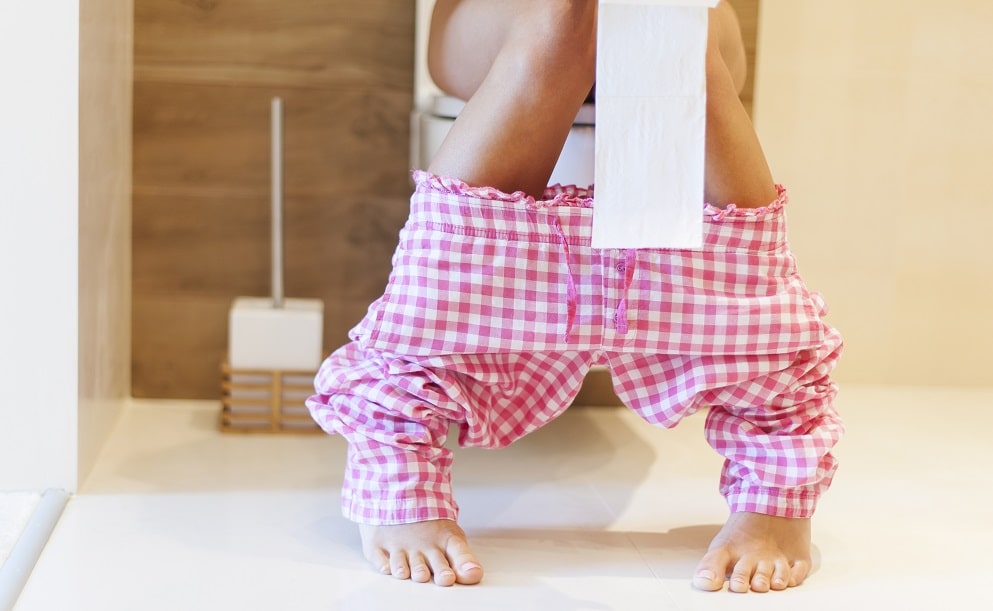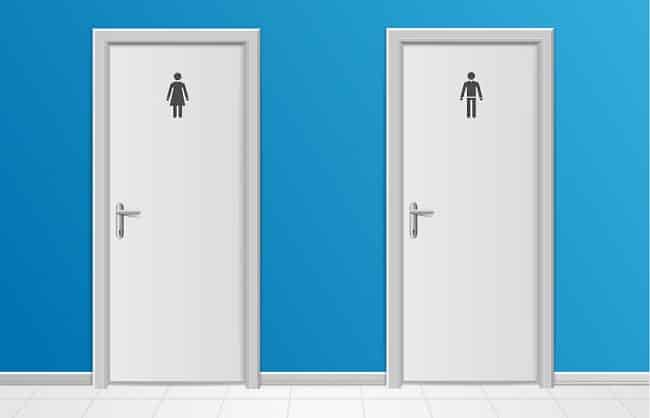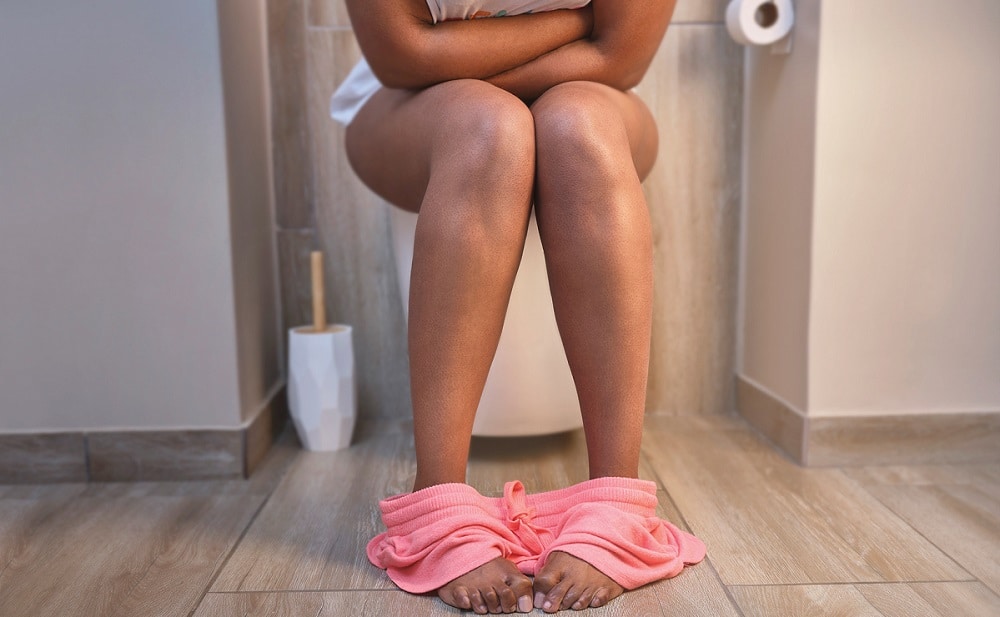Overactive Bladder (OAB)

If you often feel a sudden urge to urinate, and don’t always reach the toilet in time, you could have an overactive bladder. While this common condition may be annoying and occasionally embarrassing, it can be effectively managed – so don’t put off seeing your doctor for treatment.
Overview
Overactive bladder (OAB) is when the bladder can’t store urine normally, often because the bladder muscles are too active. You experience sudden, frequent, intense urges to urinate that may be hard to control. Urgency can be immediately followed by accidental urine leakage – a type of urinary incontinence called urge, or urgency, incontinence. People with urge incontinence may get the urge to urinate even when the bladder isn’t full.1,2
Some people with OAB also have stress incontinence: urine leakage that occurs when activities such as coughing, sneezing or exercising put pressure on the bladder.3
In addition to urgency and incontinence, people with OAB may also have urinary retention i.e. the bladder does not empty completely when you urinate.3
Causes and risk factors
Normally, urine produced by the kidneys travels via tubes (ureters) to the bladder, then down another tube (urethra) to the exterior. Urinary sphincter muscles in the urethra, and the pelvic floor muscles that support the bladder, help keep urine contained until it’s time for urination.1
When the bladder fills, nerve signals alert the brain, which in turn messages the urinary sphincter and pelvic floor muscles to relax, while muscles in the bladder wall to contract, expelling the urine.1
In OAB, however, the bladder muscles may be overactive and contract involuntarily. Nerves between the bladder and brain may signal your bladder to empty even though it’s not sufficiently full.1
Urge incontinence is usually because of overactive bladder muscles. Stress incontinence generally results from weakening of muscles to stop urination, such as the urethral sphincter and pelvic floor muscles.3
Conditions and other factors that may contribute to OAB include:1,4
- Diabetes
- Hormonal changes during menopause
- Neurological disorders e.g. stroke
- Declining cognitive function, which may make the bladder less responsive to nerve signals.
- Tumours or bladder stones
- Obstructions to urine leaving the bladder e.g. enlarged prostate, constipation
- Medications that stimulate urine production
- High caffeine or alcohol intake
- Insufficient fluid intake – can concentrate the urine, irritating the bladder
- Urine retention, which reduces storage space in the bladder
- Older age, although incontinence is not inevitable with ageing.
Symptoms
OAB is characterised by one or more of the following:4,5
- Urgency: sudden, overwhelming need to urinate that’s hard to control. (People without OAB can suppress urges and delay urination.)
- Urge incontinence: urine leakage following (Leakage can range from a few drops to the whole bladder contents.)
- Frequency: urinating eight or more times per 24 hours. (Normal is four to six times per 24 hours, or every three to five hours.) People with OAB and urge incontinence may have strong urges to urinate even when the bladder isn’t full.
- Nocturia: Waking twice or more at night to urinate. (Normal is sleeping six to eight hours without needing to urinate.)
Similar symptoms may be experienced with a urinary tract infection.4
Impact on quality of life
Unmanaged OAB can be disruptive to daily life, because of frequent trips to the toilet – even if you don’t accidentally lose urine. People with OAB may further limit their normal activities because they feel embarrassed and wish to hide symptoms, especially accidental urine loss. This in turn raises risk for social isolation, and developing anxiety or depression. OAB symptoms may also lead to sleep and sexuality problems.2,5
So it’s important to get medical advice to help identify possible causes and find an effective treatment plan that lets you get back to leading a full life. Although it may feel a little awkward discussing OAB with your doctor, remember it’s a common condition they’ve certainly seen before.3
Diagnosis
Your GP will discuss your symptoms and likely perform a physical exam, which may include a pelvic or rectal examination. A urine sample may be taken to test for abnormalities. Urodynamic tests, which assess aspects such as urine flow rate and how well the bladder holds urine and empties, may also be recommended.5
Treatment
OAB may require several treatment strategies.
Lifestyle changes and behavioural interventions are usually the first line of treatment, for example:1,5
- Appropriate fluid intake, as recommended by your doctor. Too much fluid may worsen symptoms, but too little can concentrate the urine and cause irritation.
- Limiting irritant foods and drinks. Common culprits: caffeine, alcohol, carbonated drinks, citrus, tomato, chocolate, spicy foods.
- Regular exercise
- Not smoking
- Good management of chronic conditions (e.g.diabetes) that could contribute to OAB.
- Weight loss if you’re overweight may ease OAB and stress incontinence symptoms.
- Kegel exercises, which strengthen your pelvic floor muscles by regularly squeezing them, help control involuntary bladder muscle contractions.“Quick flick” Kegels (where you hold the pelvic muscles just a second or two), help control your bladder muscles when you feel urgency. Your doctor or physical therapist will advise you how to perform these exercises correctly.
- Bladder training: learning to wait between feeling the need to urinate and urinating. You start with short delays and gradually extend the time between toilet trips.
- Scheduled toilet trips during the day e.g. every two to four hours, encourages urination at regular times rather than waiting until you feel urgency. Keeping a daily “bladder diary” of fluid intake and bathroom trips is helpful in achieving this.
- Biofeedback: electrical sensors help you learn to “read” information about your body, and make changes, such as strengthening the pelvic muscles, to better control urgency.
- Incontinence productsg. absorbent pads or underwear can help manage accidental leakage.
- Intermittent catheterisation: using a catheter to completely empty your bladder.
Many simple lifestyle improvements, such as weight loss, exercise and pelvic floor exercises, also help prevent the onset of OAB and urinary incontinence generally.5
Medications to relax the bladder can ease OAB symptoms and reduce urge incontinence. In postmenopausal women, hormone therapy is used to strengthen urethral and vaginal tissues, and improve OAB symptoms. Small doses of a medicine injected into the bladder tissue may help relax the muscles injected into the bladder tissues may help relax the muscles and ease severe urge incontinence.1
Nerve stimulation is another treatment option that involves stimulating the bladder nerves to regulate them. In sacral nerve stimulation, a pulse generator implanted in the lower back delivers electrical impulses to the sacral nerves that lead to the bladder. In percutaneous tibial nerve stimulation, an inserted needle electrically stimulates the tibial nerve in the leg: this is relayed to the spinal cord and then to nerves controlling the bladder.1
Surgery may be considered for severe OAB that doesn’t respond to other treatments. These operations include increasing bladder capacity, or bladder removal and re-construction, with sections of bowel tissue. Another option is creating an opening (stoma) in the body that allows urine to bypass the bladder and drain into a bag worn on the exterior of the body.1

Related Brochures


